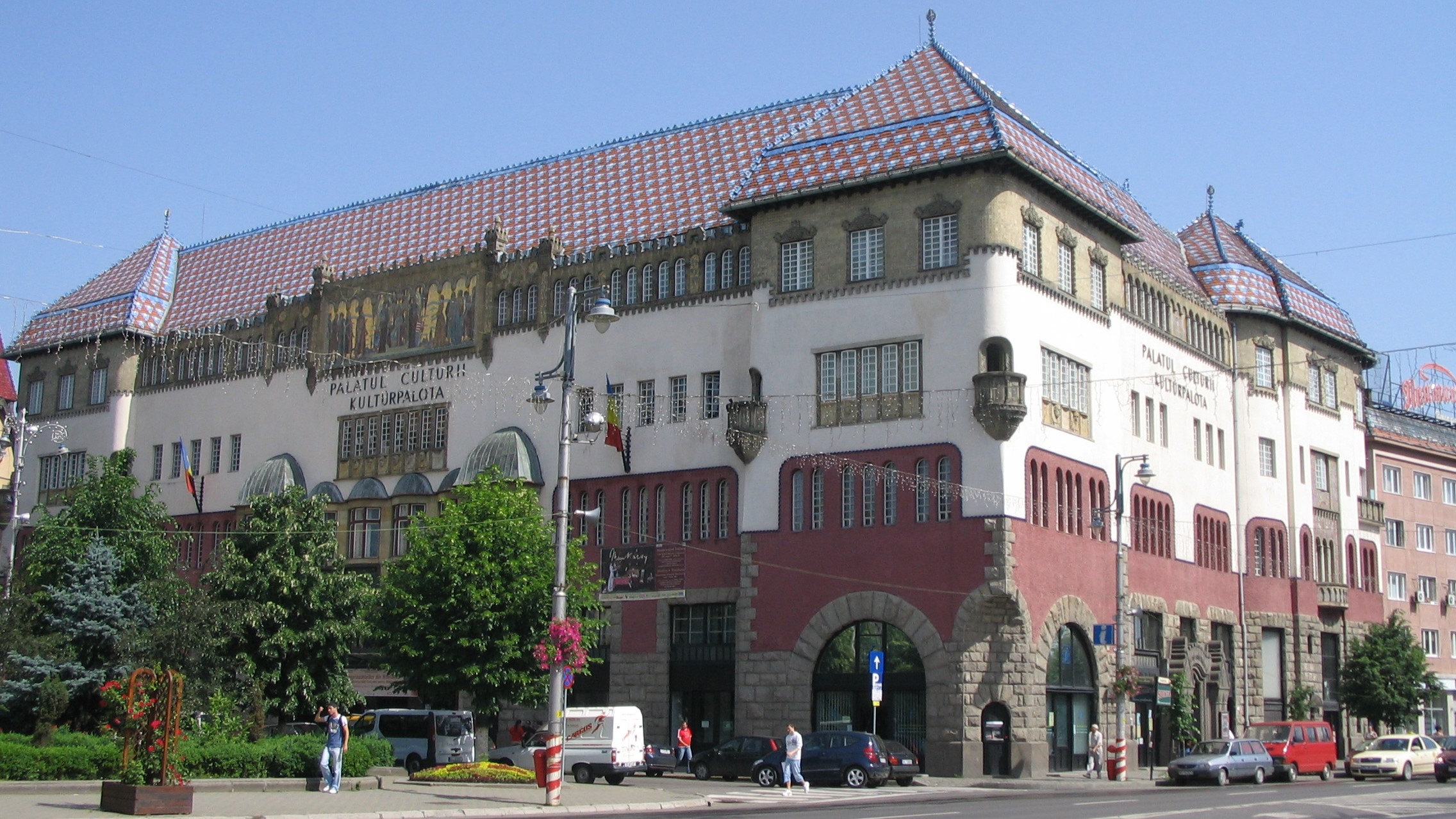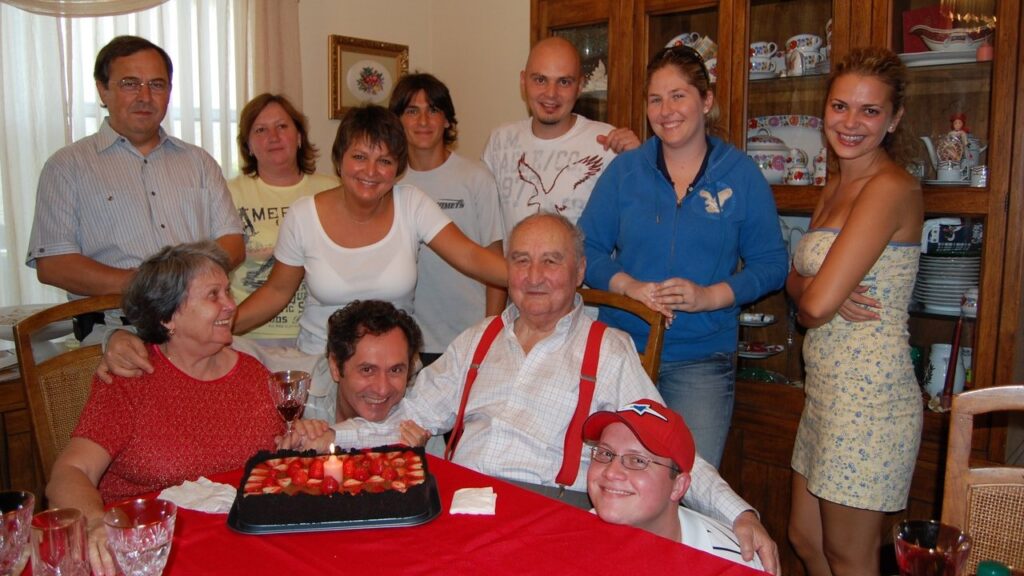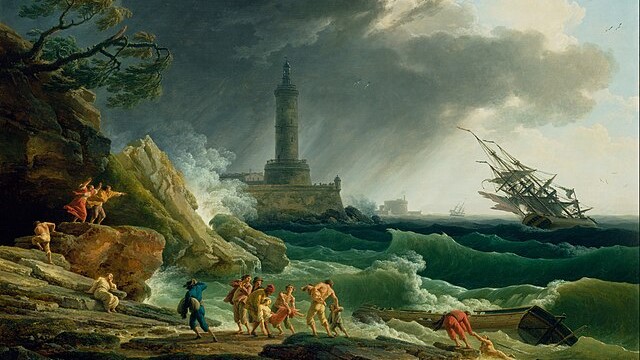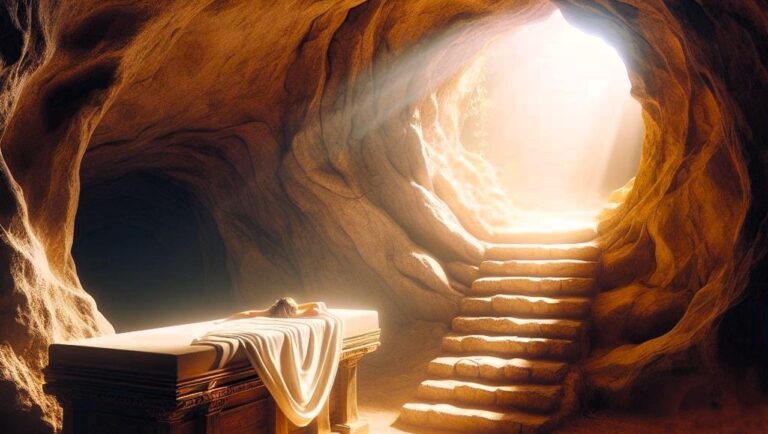The Palace of Culture in Marosvásárhely (Târgu Mureș) never housed a king or queen but it’s home to a treasure trove that’s royally beautiful, in every sense of the word. It was designed at the turn of the last century as a cultural hub on the occasion of Emperor Franz Josef’s 40th anniversary of accession to the Austro–Hungarian throne. Recall that in 1913, when the Palace was completed, Transylvania was still part of Hungary. Art noveau was all the rage. Gustav Klimt, that titan of gold leaf and the femme fatale, was working busily away in nearby Vienna, the Empire’s Capitol, and World War I was still a year off. This was an age of expansion, of world fairs, and centennials, like the one held in Budapest around the turn of the century. For a fuller picture, read Budapest 1900.
On the second floor of the Palace of Culture, there’s a room called the Hall of Mirrors. The whole room is decorated in freehanded floral patterns: green, orange, red, blue, all bright and singing and beautiful. But the pièce de résistance: easily, the windows. One whole wall is lined in stained glass crafted by Miksa Róth, the man who taught Tiffany of Tiffany glass the craft that would make him an iconic American mogul. When Róth made the windows, they were destined for the 1915 San Francisco World Fair. Interestingly, the World Fair itself featured a series of eight palaces: Palaces of Education, Food Products, Agriculture, Liberal Arts, Manufactures, Transportation, Mines, Varied Industry, Fine Arts, and Horticulture. Presumably, Róth’s windows would have rested in a Californian Palace of Culture if they’d made the trans-Atlantic trip, but the outbreak of World War I stopped the transport so the windows landed in Marosvásárhely instead.
Each window describes a scene from a famous Hungarian ballad. Hunting down those ballads was more difficult than I thought it would be—at first all I could find was themes: summaries of legends and figures that appear in many fairy stories spread across all Central Europe, from Russia and Ukraine to Hungary, Romania, and Poland. The ballads treat of beauty and of jealousy, of sacrifice and sadness. In essence, they treat of humanness. But with some help, I found them.
‘The ballads treat of beauty and of jealousy, of sacrifice and sadness. In essence, they treat of humanness’
Frankly, their language loses its texture when it’s translated from Hungarian to English. The gist of the story survives the jump, more or less, but the grit and lilt and loveliness that live within the words as they were written don’t, and that’s as it should be. Chat GPT and Google Translate should only go so far. It should be hard to translate a language, and a machine shouldn’t be able to do that work for us without the human element getting involved. When that day comes, when language doesn’t need people anymore, we’ll die.
The Ballads
Kata Kádár, or The Two Chapel Flowers, tells the story of a young man, Márton Gyula, who falls in love with the daughter of a serf. Márton’s mother promises to disown him if he pursues Kata, but he throws caution to the winds and rides after her. While he’s riding, Kata’s handkerchief which she’d given to her lover turns red with blood, and Márton shortly learns that his mother had Kata drowned. Márton finds the lake and calls to Kata, asking tenderly: ‘Kata Kádár, my soul, tell me something, are you here?’ She replies from the water, so Márton dives in and dies. Divers find the couple twined together, inseparable even in death. Márton and Kata are buried separately on the wicked mother’s orders: one before the altar and one behind. Flowers grow from their graves and entwine about each other and when the queen cuts the flowers down, they grow back and curse the wicked woman who brought about the pair’s demise.
The story of star-crossed love is a familiar one, but Kata’s ballad has its own texture because it grew out of Transylvanian culture. In Central Europe, stories are told of the Slavic rusalki—Slavic mermaids—: wickedly beautiful, generally malevolent creatures with a penchant for luring unsuspecting men to their death at the bottom of dark pools and rivers. Pushkin wrote of one. Rituals intended to appease the rusalki proliferated in Ukraine until the cult was suppressed by the Soviets in the 1930s. Legend has it that the rusalki from the Danube are sweeter than their counterparts in colder regions and that bears out for Kata. She doesn’t haunt her pond, at least in the poem—maybe because she didn’t die alone. Rusalki of the wicked variety aren’t so lucky.
Juliet, the Beautiful Girl or The Girl Taken to Heaven tells the story of a girl who loved to go to the fields to gather cornflowers to make them into wreathes that she would twine into her hair. One day out in the field, she sees a beautiful sheep descending from heaven with a sun between its horns. The sheep invites her to come to Heaven to join the army of virgins, and she runs to tell her mother the good news. Her mother weeps and lets the girl go running back to the meadow, to the sheep, and to Heaven.
This story grew from Christian culture. Without the language, I miss most of the imagery’s richness and symbolism, but I did gather this. Cornflowers (also called bachelor’s buttons) symbolize celibacy, and in Christian tradition, they symbolize the Virgin Mary. That fact alone lends a whole new richness to the wreathes the girl weaves and wears when she sees the Lamb of God coming through the clouds.
‘Human beings are capable of wickedness that animals can’t fathom: a man that behaves like an animal behaves worse than an animal and betrays his nature—something even animals can’t do’
In Ilona Budai or The Heartless Mother, a marauding enemy approaches and a mother flees with her son and maiden daughter, carrying a ‘sulfurous chest’. As the enemy gets closer, the mother leaves first her daughter and then her son but refuses to part with the chest. She’s struck by conscience when she sees a cow carrying its calf on its horns—a ‘foolish animal’ that knew how to care for its offspring better than she did—so she returns to find her children in the forest where she left them. She returns too late: they reproach her, and she becomes ‘like a tree by the roadside / whoever is there destroys my branches / destroys my branches and tramples them into the mud.’
This one’s harder to understand: no other ballads that I know treat of a mother abandoning her children for the sake of lucre. But the theme is not unfamiliar: ‘for where your treasure is, there your heart will be also.’ And human beings are capable of wickedness that animals can’t fathom: a man that behaves like an animal behaves worse than an animal and betrays his nature—something even animals can’t do.
Last, Sarah the Beautiful—a ballad I searched for absolutely everywhere and which my husband ultimately found by some work of genius—is about young Sarah who is eager for the summer, for the blooming of roses and lilies and the return of her lover, but she can’t wait. She is unfaithful to him—at least from the look of it, with the devil—and her lover finds her too late. The devil kills her and leaves her lover mourning over the beautiful Sarah’s corpse ‘Like a thrown rose, / Falling on lilies.’
Ah Frailty, thy name is woman.
The Fallout
As an American fresh from Washington D.C., that cultural wasteland, the Palace of Culture in Marosvásárhely left me inspired. Fairytales crop up in every culture because they reflect the texture of a people, and they teach the people who they are. That means the poems people recite, the music that they make, and the pictures that they paint matter enormously. But fairytales and ballads must have some heft, some rootedness, some flowering in the souls of the people who are listening. True tale telling can’t be an endless exercise in beige: people-pleasing and white-washing and making an audience feel small and sorry, even a little sick, when the thing has come to an end.
‘We need the truth. We need ballads that show the highs and the lows of human nature with the distinct texture of Americana’
It’s a wicked generation that turns the arts into a cultural battleground with threats about the whirlwind. Sadly, that generation has been busy making Washington—the capital of the United States of America—a haven of deconstructionist narratives. If you don’t believe me, check the 2023 agenda at the Kennedy Center. It’s sacrilegious and (largely) appalling. Elites have been busy in the godforsaken work of reconstructing American history and creating new origin stories. In their conception of the world, ballads are about paying obeisance to the victim-oppressor narrative, not about remembering the triumphs and tragedies of the human person and the American people. Their project has started to fail, but not fast enough.
And so I say, no more sequels. No more reimagined fairy tales. No more sad and sorry exercises in self-loathing and cultural deconstruction. We need the truth. We need ballads that show the highs and the lows of human nature with the distinct texture of Americana—our heartbreaks and our hopes—reflected in what we remember and recite. There are scores of true-blue American ballads for us to tell our children: Mark Twain wrote many. So did Melville, Hawthorne, Steinbeck, and Longfellow. Likewise, Thomas Merton and Flannery O’Connor. These men and women penetrated the American psyche and give us an honest picture of our virtues and our vices, and we need that honesty now more than ever.
It’s high time we tell our stories: paint them, etch them, carve them, and turn them into stained glass. The Palace of Culture in Marosvásárhely is a signal of triumph—a beautiful window into the culture of Transylvania and of Hungary. We need a shot of that cultural self-awareness and self-confidence on our side of the pond. We need some stained-glass ballads of our own, especially in our public spaces. If you’re listening, Trump and Co., might I suggest starting with American concert halls, cultural spaces, and public libraries (a great place to begin, they’re in monstrous shape). Our ballads need to be told—brightly, brilliantly, beautifully—the way ballads are told in Transylvania.
Related articles:








